


104 Posts

August 31, 2023
What does a breast cancer lump feel like?A breast lump feels like a distinct mass that’s more solid than the rest of the breast tissue.
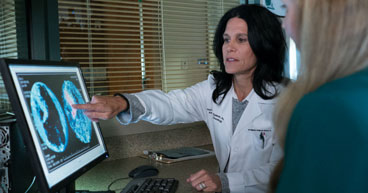
May 30, 2023
What’s the difference? CT scan, MRI and other imaging tests for cancerAdvances in technology have given doctors a multitude of imaging procedures to help diagnose and stage cancer —and determine which treatments may be most effective.
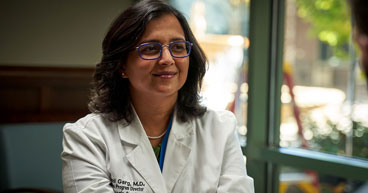
May 18, 2023
Your uterine and endometrial cancer search questions answeredDr. Ruchi Garg answers some of your most frequently Googled uterine cancer questions.
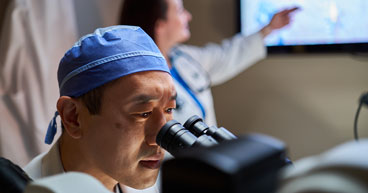
March 21, 2023
How quickly does cancer spread?Because every cancer is different, there’s no universal rate at which all cancers grow. Some cancers tend to remain in place and not grow much at all. Others grow slowly—so slowly that they may never require treatment. Aggressive cancers may grow and spread so quickly that they metastasize before the cancer has been diagnosed.
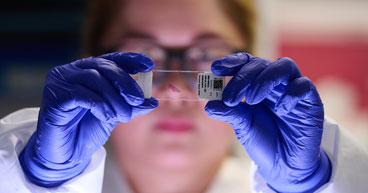
March 16, 2023
When to worry about stage 0 breast cancerStage 0 breast cancers may often be called pre-cancers or pre-invasive cancers, which are a collection of abnormal cells in the breast that have some characteristics of cancer but haven’t yet spread to other tissues or organs.

February 14, 2023
Is it possible to get heart cancer?While virtually every organ in the body is susceptible to cancer, the disease rarely affects the heart directly.

January 31, 2023
When to worry about colon polypsIt’s important to understand what colon polyps are, what symptoms they cause, how doctors treat them and when you should be concerned about them.
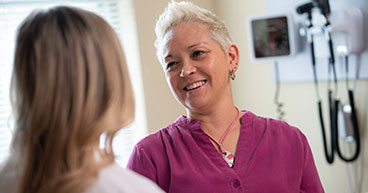
January 26, 2023
What’s driving the improvement in U.S. cancer survival rates?The cancer death rate in the U.S. has declined 33 percent since 1991, thanks largely to new treatments, gains in early cancer detection and, most significantly, a sharp decline in tobacco use.
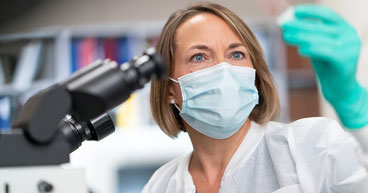
January 12, 2023
What’s the difference? Benign vs. malignant tumorsWhile it may seem easy to categorize benign tumors as harmless and malignant tumors as harmful, the distinctions are often more of a gray area. Yet the importance of differentiating the two is critical.
Guidelines
The information contained in this blog is not intended nor implied to be a substitute for professional medical advice. Always seek the advice of your physician or other qualified health provider prior to starting any new treatment or with any questions you may have regarding a medical condition. Nothing contained in the blog is intended to be used for medical diagnosis or treatment of any illness, condition or disease.